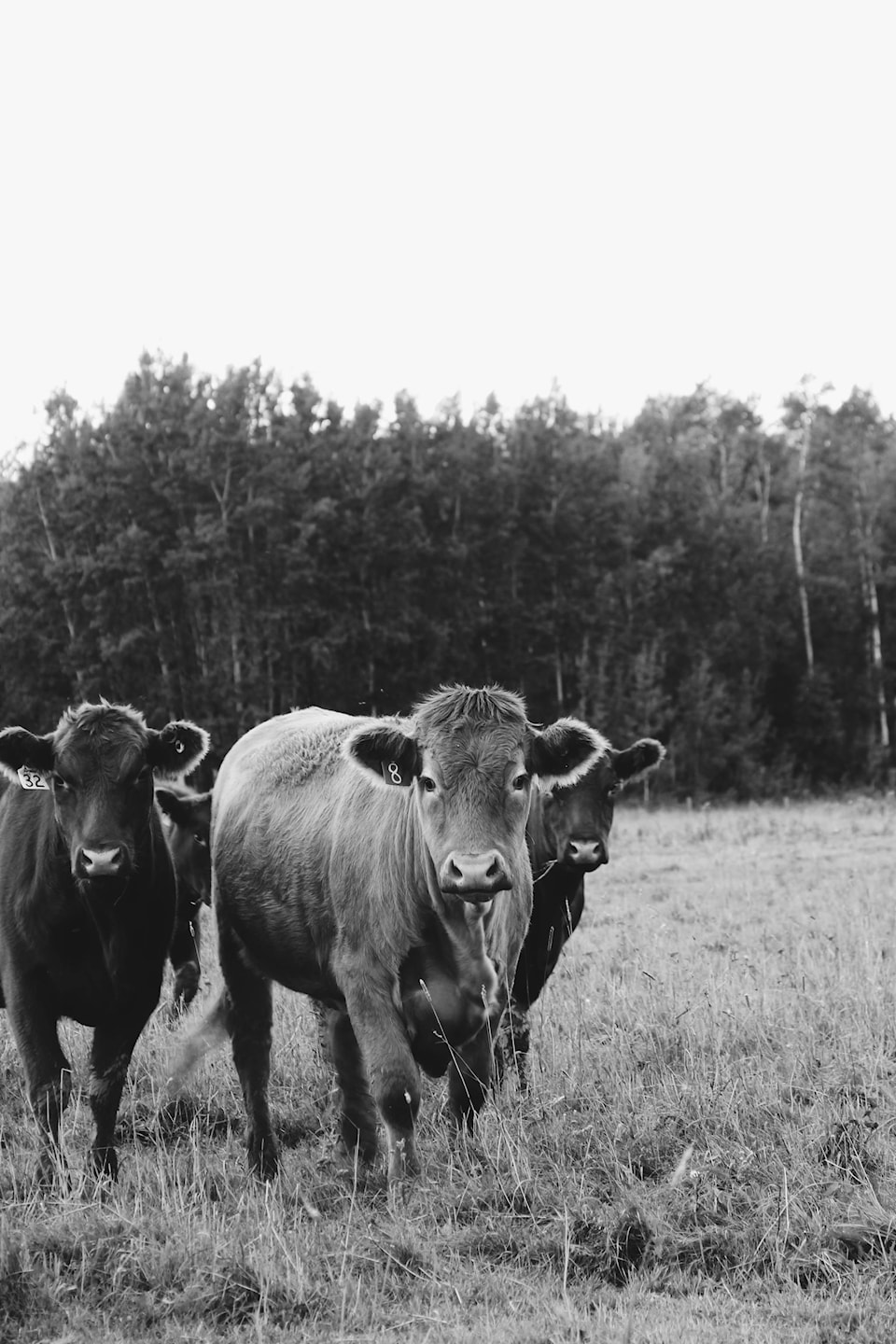If there were a season that could be defined by how many cows and calves get out of their pastures, it would be fall.
Though, I’m not overly confident fall is a season we experienced this year, with the exception of these last few weeks. Perhaps we could rename fall to ‘Your cows are out.’ Since that is, after all, what most ranchers consider that season, anyways.
How many times have ranchers had that call at 8 a.m. which is usually followed by a hat thrown on the head, boots on the feet, and out the door to get them back in? However, this year it was more of a toque thrown on the head, boots on the feet, winter coat, warm gloves, warm the truck, then finally out the door to get them back in.
But why on earth is this time of year so prone to pesky cows and mischievous calves? Well, the fact is that they’re bored. Feed is getting thin out there, and older cows know that this cool weather means that it’s time to go home. They’re getting bored with the pastures they’ve spent the last four months on, and are looking for new surroundings and new grass.
Cattle love change (maybe even more than me!) Whether it’s going from one pasture to another, or going from silage feed to hay, or hay back to silage, no matter the change, to them it is the best thing in the world. They often have exaggerated reactions to the simplest things, simply because it’s different.
I have often thought how cute it would be to take a video of the cows and calves getting a fresh bed of straw as they jump and hop and run around like it’s the best game in the world (even though they just had a fresh bed of straw the day prior). But the unfortunate reality is that those videos are often used by animal rights groups as propaganda to state that because the cattle are so excited about getting fresh straw, that must mean they never get straw at all, which is simply not the case.
Cattle are simple creatures, and just because they express excitement, does not mean they are necessarily experiencing something new.
To properly interpret an animal’s behavior we must have an extraordinary understanding of that animal. I’m often amazed how my ranchers can glance at a herd and pick out one animal that is not feeling well, simply because of the exact height at which that calf is holding its head.
I’ll admit that not even I am confident enough in the behavior of cattle to tell whether or not a calf needs to be treated, or if a cow needs help calving, and I am surrounded by them every day.
In the end we must remember that cattle are creatures all their own, and personifying their behavior can often lead to misunderstandings that can be best avoided by asking the experts - the ranchers.
